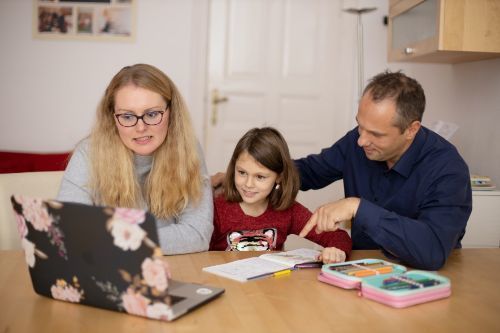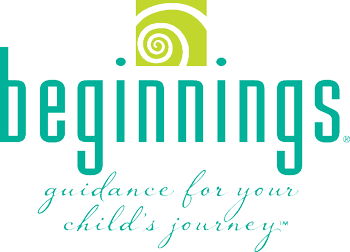Language and Communication Chart
While speech consists of individual sounds that are combined to make words and sentences, language is the meaningful organization of thoughts for communication. Spoken language is normally learned by hearing it. When hearing is impaired, special means must be devised for each child to learn that language. Since every hearing loss is different and every child learns differently, there is no single approach to communicating the meaning of language that is best for all children. The one need that all deaf and hard of hearing children have in common is the need for effective communication of meaningful information, including information that says, “I love you.”
Advocates of all communication approaches may tell you that their method is in some way natural. All communication is natural for some people under certain circumstances and there are many ways to accomplish it. All the approaches work toward developing communication, and they all stress things like receptive language (understanding) and expressive language development. Most work on speech development and all work on reading skills. All have been successful with children with varying degrees of hearing loss. Many families have chosen to use aspects of different programs, combining what works for their child. The only thing that makes one approach better than another is when that approach happens to work better for a particular child. The teachers are trained educators and they usually understand the necessity of developing the total child. In any case, it is the degree of a parent’s involvement with the program that seems to make the greatest difference.
TIPS IN DECISION MAKING:
- Do you know what your options are for communication?
- Do you understand these options?
- Have you examined them in person?
- Do you understand all test results?
- How much time do you have to devote to learning the methodology?
All methods require a commitment on your part in order for you to be able to communicate with your child. That everyday commitment to communicating is the key to your child’s language development.
Remember that the choice of educational approach must involve consideration of the child’s needs, the family situation, and the programs available in the area. Once you have chosen an approach, it is important to learn it and give it a fair chance to succeed. However, if you find that an approach is not working for your child, you should not feel locked-in to it. Another approach may work better. You have the right and the responsibility to re-evaluate your child’s progress and request changes when they are appropriate.
BEGINNINGS has videos that may be helpful as you think about your options for communication. Please click below to visit the videos site.



